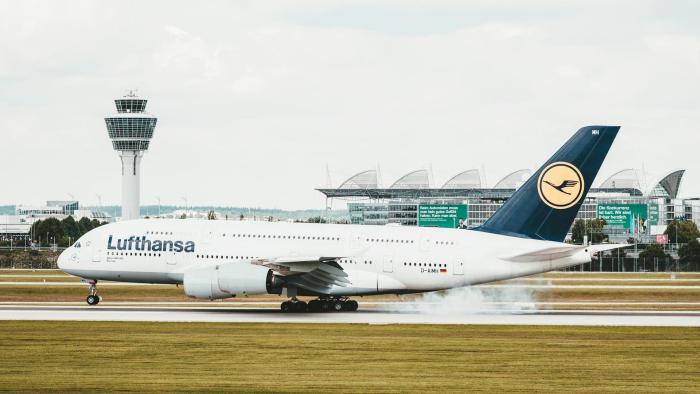

99TravelSafe.com
The Website For The Smart and Savvy Traveler
30 – How to Survive an Air Crash!
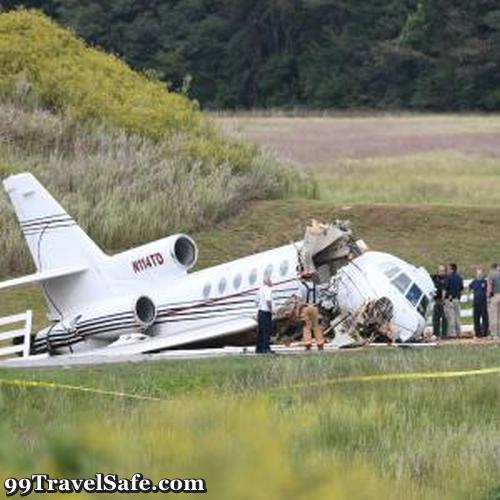

Related Pages - Please Also See;
26 - Cabin Pressure During Air Travel
27 - Risk of Blood Clots (Thrombosis) During Air Travel
28 - Preventing Thrombosis Injury During Air Travel
29 – In Case of Aircraft Evacuation
30 – How to Survive an Air Crash
Safety of Air Travel by Unaccompanied Minors (Children Traveling Alone by Air)
Safety of Travelers at Airports
How to Survive an Air Crash!
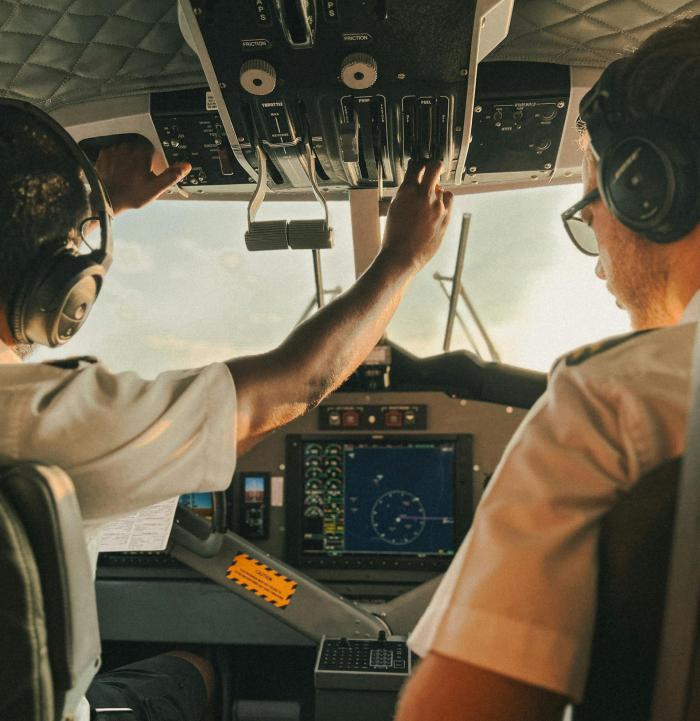

IF You Are Unfortunate Enough to go Through a Situation in Which an Air Crash is Imminent:
-- Fasten your seat belt as tightly as possible
-- Check for the emergency exits
-- Take sharp pencils, pens out of your clothes and remove dentures, high-heeled shoes and eyeglasses
-- Empty your bladder to reduce the chance of internal injury
If you don't have a personal smoke hood, moisten a handkerchief, headrest cover or shirttail, so if there is smoke after impact, you can hold it over your mouth. If no other liquids are handy, use your urine
Cover your head, preferably with a pillow!
Then either cross your arms over your calves and grab your ankles or put your palms-forward, crossed wrists between your head and the seat in front of you. In the latter position, it's best to slide your feet forward until they touch the seat leg or under-seat baggage in front, so your legs are less likely to snap forward on impact. Your feet should be flat on the floor and further back than your knees to reduce injuries to your feet and legs, which you will need in order to exit the aircraft after impact successfully!
If you survive the crash get out of the plane as fast as possible!


More on How to Survive an Air Crash!
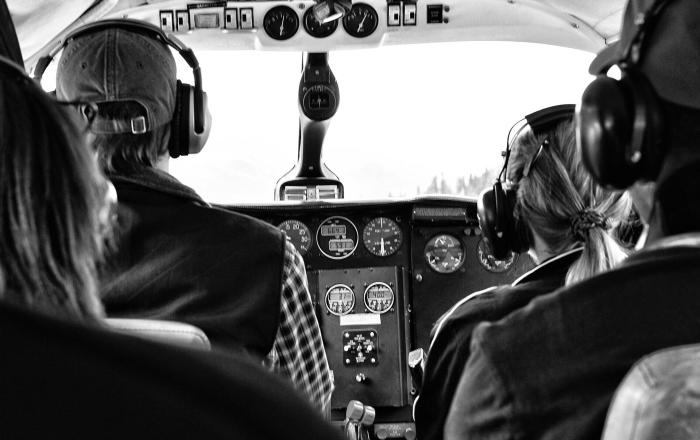

You should preferably be dressed as comfortably as possible with most of your body covered. Cotton or woolen clothes are better.
High-heeled shoes will NOT be very helpful in this kind of a situation
Passengers in the tail of the aircraft have 40% higher chance of survival than those in the first few rows, in the event of a crash. Because a quick escape gives you the best chance for survival, it’s best to get seats as close as possible to an exit, on the aisle, and in the back of the plane
It is statistically safer to fly economy than first-class or business class!
Always read the safety card and listen to the pre-flight safety instructions. Every type of airplane has different safety instructions!
Study the aircraft door and make sure you know how to open it if you need to. Normally, the flight attendant will open the door, but if they are dead or injured, you will have to do it yourself
You should always know exactly where the exits are even if there is no emergency!
You should be wearing your seat belts at all times you are at your seat. Even while you are sleeping. The seatbelts should be worn as tightly as possible.
Prepare yourself for the crash. If landing on water. you should have your life vest on, though not inflated yet. If landing in a cold place, you should have some blankets or jackets to keep you warm!
If you are going to crash, return your seat to its full upright position and remove any loose items that could become hazardous, zip up your jacket and make sure your shoes are tied tightly to your feet.
Remain calm. This could save your life!
Fire and smoke are the reason for most plane crash deaths. The smoke in an airplane fire can be thick and highly toxic, so cover your nose and mouth with a moist cloth to avoid breathing it in!
Leave the airplane as quickly as possible. According to the National Transportation Safety Board (NTSB), 68 percent of plane crash deaths are due to post-crash fire, NOT injuries sustained in the crash itself
Make sure the area outside the exit is safe, otherwise proceed through another exit
Listen to any post-crash instructions from the flight attendants. Leave your things behind and move at least 500 feet from the wrecked aircraft. If in water, swim as far away from the aircraft as possible!
Stay calm and in one place after the crash. Help other people out. Tend to your own wounds. Wait for the emergency services!
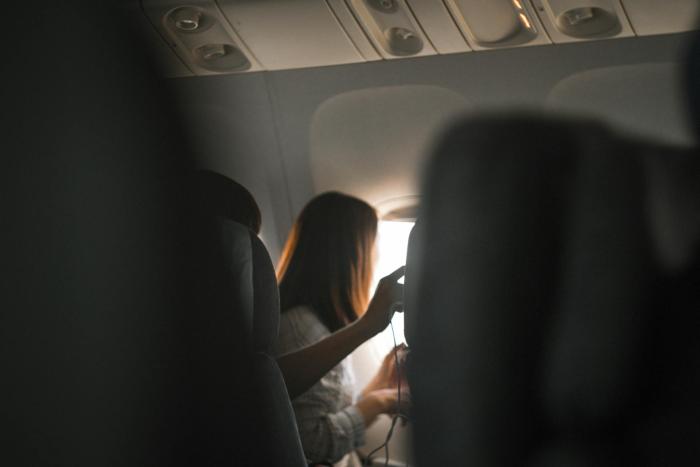

How to Survive an Air Crash - A Summary!
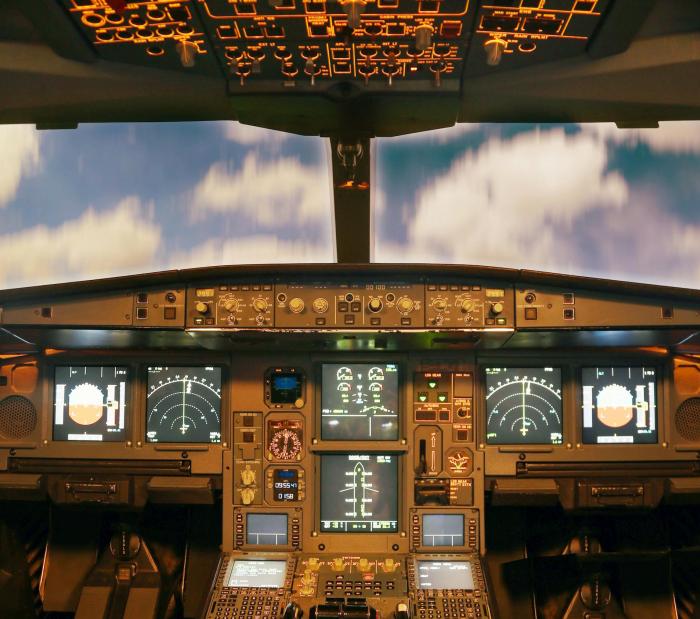

If facing an air crash, listen to the flight crew, fasten your seatbelt securely across your hips, and assume the correct brace position to protect your head. After the impact, leave belongings behind, exit quickly through the nearest accessible emergency exit, and move away from the aircraft to a safe distance
Before Impact
1. Listen to the Flight Crew:
Always follow the instructions of the flight attendants, who are trained professionals
2. Locate Your Exits:
Count the rows between your seat and the nearest emergency exits so you can find them if the cabin fills with smoke
3. Secure Yourself:
Tighten your seatbelt across your hips, put your seat in the upright position, stow the tray table, and raise the window shade
4. Assume the Brace Position:
As instructed by the safety card, tuck your chin to your chest, place your forehead against the seat in front (if within reach), and place your hands on the back of your head or grip your ankles
After Impact
1. Unbuckle and Evacuate:
Immediately unbuckle your seatbelt and leave
2. Leave Your Belongings:
Do not stop to collect your luggage; every second counts, and human lives are at stake
3. Move to Safety:
Head for the nearest accessible emergency exit, moving quickly but in a controlled manner
4. Get Clear of the Aircraft:
Once outside the plane, move as far away as possible to a safe distance while keeping the aircraft in sight
